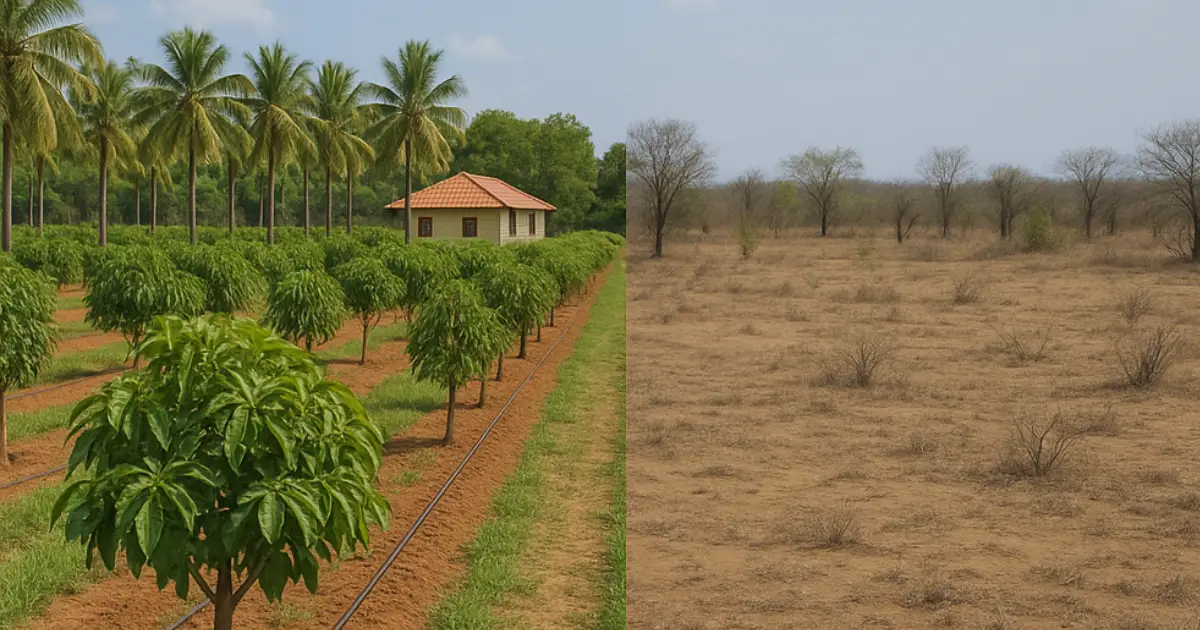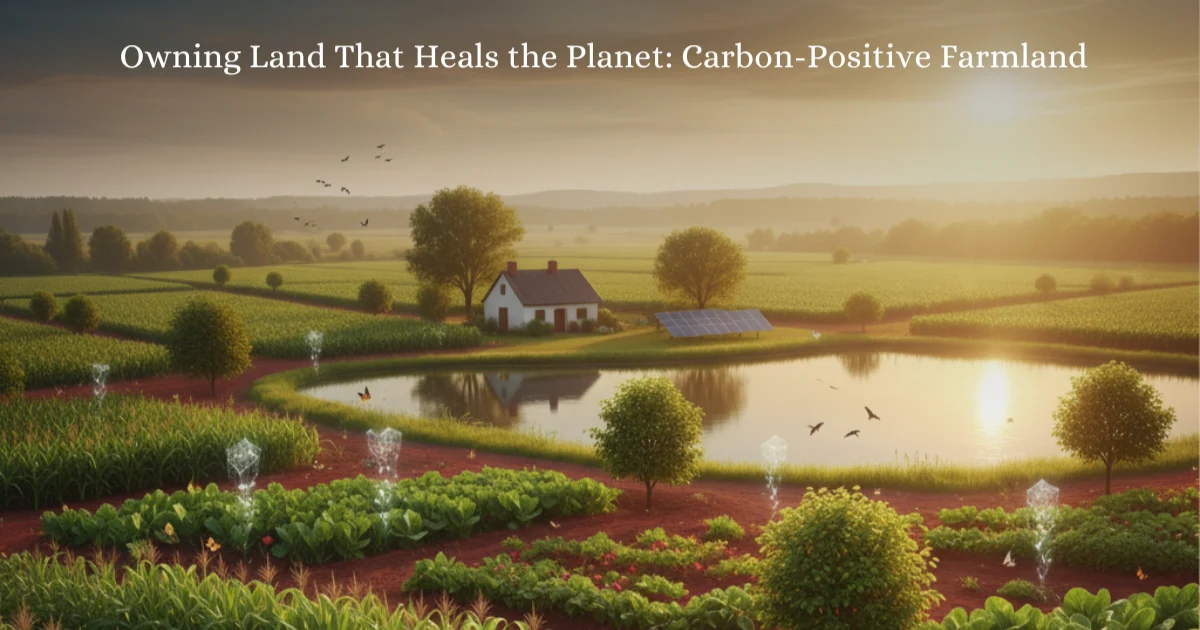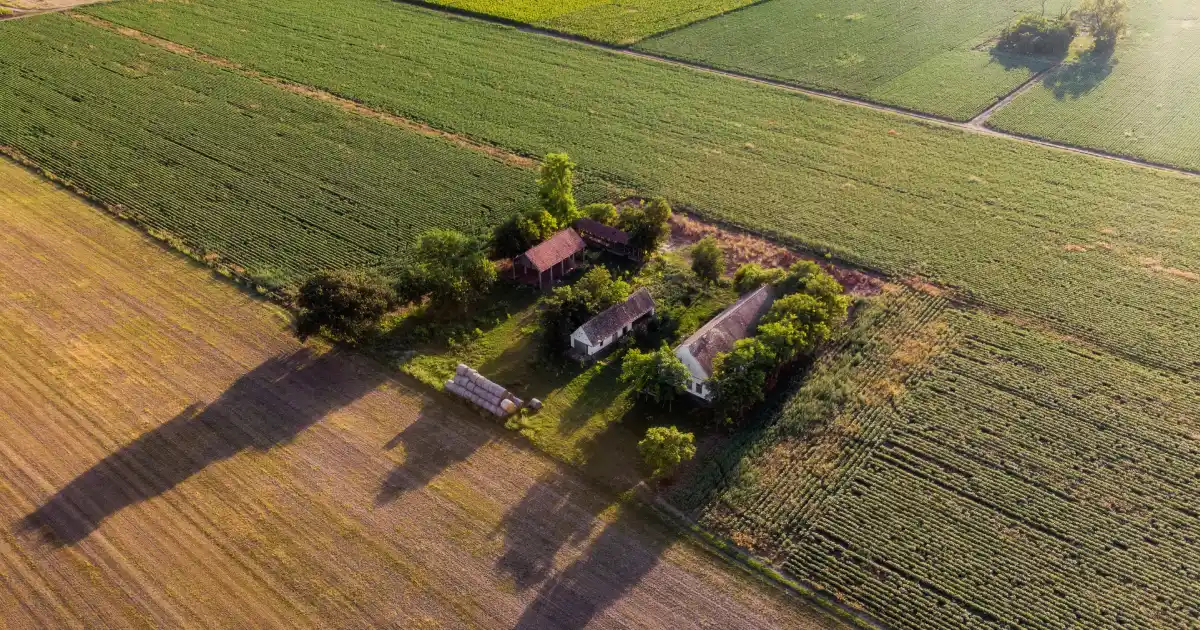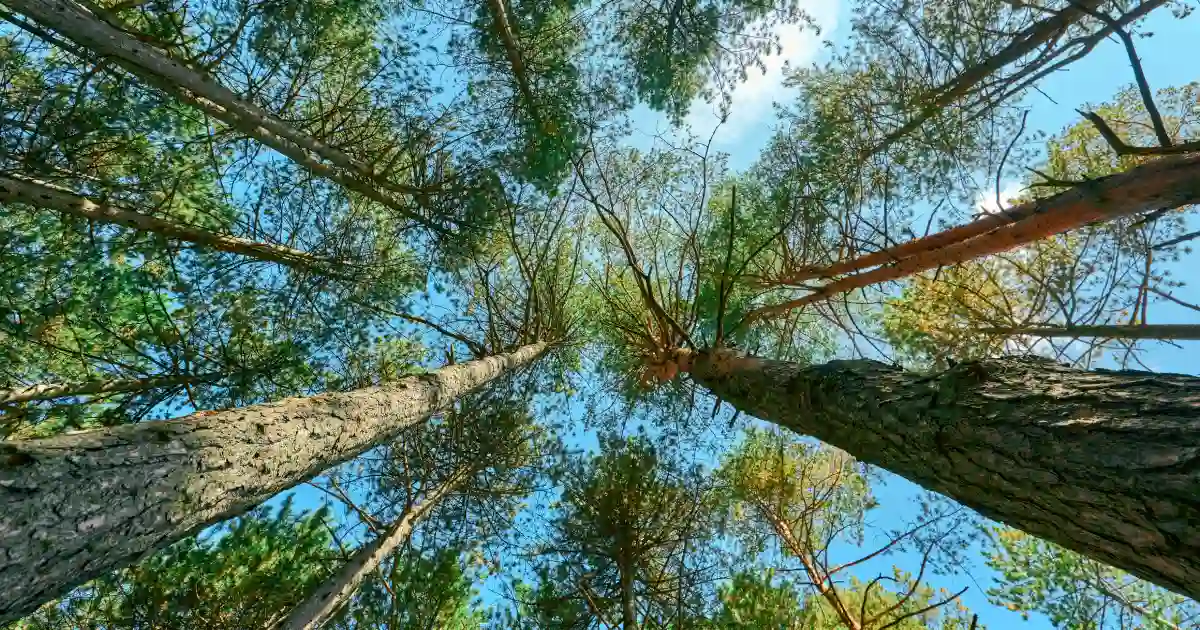Introduction: Why Farmland Is Now Becoming an “Asset Class”
If you’re looking for a balance between returns, stability, and real wealth, farmland is bound to be on your radar. Over the past few years, urban investors, NRIs, and tech professionals have turned to farmland the reasons are clear: limited supply, growing food demand, diversification, and the long-term value of land. By 2026, the picture will become clearer the future of farmland investment won’t be limited to farming; it’s creating a whole new industry with technology, sustainability, and new ownership structures. And this is the context in which people are asking which farmland investment trends will dominate 2026: that is, which trends will truly lead the market in 2026.
In this article, we’ll discuss five concrete trends that are shaping the direction for 2026. We’ll also explain how offerings like managed farmland near Bangalore are providing investors especially IT professionals and young families with clarity, convenience, and predictable returns. The goal is clear: to provide you with a practical, research-based framework that answers your Google-friendly search farmland investment trends 2026, and simplifies investment decisions.
Trend #1: Managed Farmland 2.0: The “Turnkey” Model and Service-Led Returns
The first major trend is Managed Farmland 2.0. Initially, this model was limited to security, fencing, and basic maintenance; now it’s becoming more “turnkey”:-- Scientific decisions like soil testing, crop planning, irrigation design, and timber/fruit mix
- End-to-end operations: from nursery sourcing to harvest and sales
- Transparent reporting: satellite/drone visuals, photo-logs, weekly updates
- Lease-out and revenue sharing options providing the potential for consistent cash flow
Trend #2: Data-Driven Agri-Tech: Sensors, Drip, Drones, and Predictive Analytics
Technology plays a pivotal role in the future of farmland investment. The following changes will be mainstream by 2026 :-- IoT sensors: Soil moisture, pH, EC, temperature, Irrigation and fertilizer optimization using real-time data
- Drip/Micro-Sprinklers: Water savings and yield stability
- Drone surveys and crop inspections: Early signs of disease/pest, targeted sprays
- Predictive models: Crop selection and harvest schedules based on weather/price
- Traceability: QR and blockchain-based records in the farm-to-fork supply chain
Trend #3: Sustainability, Carbon Credits, and Biodiversity Value
By 2026, farmland investment will be indistinguishable from “green value.” Three major sub-trends:- Agroforestry: A mix of fruit trees, timber, and native species, long-term value, and soil/water conservation.
- Carbon Credits: Carbon sequestration in tree-based systems potential for future incremental income.
- Biodiversity-Friendly Design: Wild buffers, drip-friendly shelter belts, pollinator-friendly plantations.
Trend #4: Fractional Ownership, SPVs, and Transparent Structures
The fourth pillar of farmland investment trends 2026 is innovation in ownership structures. By 2026, you’ll see these patterns:- SPV/LLP/Co-ownership: Legally clear structure, limited liability, and transparent cash flow
- Fractional model: Smaller units within larger farm estates, lower ticket sizes
- Regular audits and dashboards: Operations, sales, expenses, returns & everything on track
Trend #5: Weekend Farming, Agri-Tourism, and “Quiet Luxury”
Many investors seek a combination of returns and lifestyle: weekend stays, kid-friendly orchards, nature trails, and small farmhouse units. By 2026, agri-tourism and curated farm experiences will emerge as a distinct revenue stream:- Farm Stays: Limited, Premium, Regulated
- Farm-to-Table Events: Seasonal Harvest, Food Workshops, Nature Classes
- Curated Communities: Safe, Quiet, Tagged “Quiet Luxury”
The 2026 Landscape: What, Why, and How
Let’s get straight to the point, which direction will be wise in 2026 ?- Where to Buy: Within a 1–2.5-hour radius of the city active service ecosystem, liquidity, and visit convenience. Managed farmland near Bangalore is a case study in this regard.
- What to Plant: Agroforestry mix fruit and timber .balances cash flow and long-term value.
- How to Operate: Managed model + tech integration + ops dashboard + transparent leases.
- Which Risks to Focus on: Title/zoning, water sources, operator capacity, market links.
- Which Opportunities to Focus on: Carbon credits, traceability, farm stays, branded crops.
“Which farmland investment trends will dominate 2026”: Why is this question so popular?
Because investors seek clarity. They want to know:- Which operating model is less hassle and more transparent
- Which crop/tree mix offers better security over a 7–12-year horizon
- Which locations will emerge in 2026–2030 due to infrastructure
- Which team is in the long run
Bengaluru-Centric Vision: Why “Managed Farmland Near Bangalore” Is Frequently in the News
Bengaluru’s IT ecosystem creates a high-income and high-stability profile, people are busy, but want nature connection and weekend space. This combination makes managed farmland near Bangalore attractive:- Connectivity: Belts like Attibele, Hosur, Thalli, and Devanahalli, drive-time feasible
- Services: Land due diligence, security, water infrastructure, plantations, year-round ops
- Community: Like-minded investors, branded, secure environment
- Exit/Liquidity: Resale/fraction transfer relatively easy in demand zones
Due-Diligence Checklist: A Practical Framework for 2026
Follow this framework before investing:- Title and Zoning: EC, RTC/Patta-Chitta, FMB/Sketch, Layout Status, Conversion/NA Permission where applicable.
- Water Source: Bore/Open Well, Recharge, Drip-Line Plan; Real-Time Assessment of Water Stress Risk.
- Operator Capacity: Number of acres operated, team and agri-tech tools, harvest-to-sale process.
- Crop Mix: Balanced portfolio of mango, jamun, sapota, coconut, timber (melia/teak) according to climate/soil.
- Long-Term Agreement: Roles/Risk-Sharing, Service-L1/L2, Reporting, Insurance.
- Lifestyle Value: Access road, security, weekend-stay guidelines, community standards.
- Exit plan: Resale policy, lease-out/revenue-share model terms, tax implications.
10-Step Playbook: How to start preparing now
Write your investment thesis: Cash flow vs. land appreciation ratio.- Location shortlist: Reliable operator available within 2 hours.
- Operator comparison: Service scope, reporting, past projects, reference calls.
- Legal screening: Document verification by independent counsel.
- Water and infrastructure assessment: Site visit + technical report.
- Crop portfolio: 2–3 species to spread risk.
- Tech stack: Sensor/drone reporting, dashboard access.
- Run-rate budget: Capex/Opex, service fees, contingency fund.
- Revenue model: Lease-out/share-crop/direct-sale whichever matches your goals.
- Annual review: Post-season audit of yield, water, disease management, market.
FAQs
Q1: What is the safest strategy for farmland investment in 2026? A: Location-first, operator-first. Choose managed clusters near cities, with clear service agreements, technology-based monitoring, and a diversified crop mix. Q2: Is regular cash flow possible from managed farmland? A: Yes, lease-out, revenue-share, or mid-term inflow from selected crops/timber. This depends on the operator’s capabilities, market links, and crop cycle. Q3: What direct benefits does agri-tech adoption offer investors? A: Irrigation/fertilizer optimization, early disease/pest control, and transparency from data dashboards, all of which reduce risk and improve net returns. Q4: Why look near Bengaluru? A: Strong income base, weekend access, service ecosystem, and demand, managed farmland near Bangalore is therefore considered viable and liquidity-friendly. Q5: What is the relationship between carbon credits and sustainability and investment returns? A: Tree-based systems increase the potential for long-term income/premiums from carbon sequestration, while also reducing regulatory/market risks.Conclusion: Preparing for 2026 starts today
In the end, let’s remember one thing farmland investment trends 2026 aren’t a story of a single “hit crop.” It’s a system: location-first selection, professional management, data-driven operations, sustainability-linked value, and a clean ownership structure. The future of farmland investment shines where investors focus as much on the process as on the property. If you approach this thinking “I’m not just buying land, I’m choosing an operating system” your decisions in 2026 will be more intelligent and sustainable. Now, the question is: What will be your first step ? A location shortlist, operator comparison, or starting due diligence?Reach out today to book your ideal farmland plot with SVR Farms and start your investment journey with confidence.
Follow @svrfarms on Instagram for real stories, project updates, and a closer look at our thriving managed farmland communities near Bangalore. Stay tuned for the latest opportunities and insights in smart farmland investment.
Explore more of our articles on farmland investment, location advantages, and buyer insights to make well-informed, future-focused decisions for your agricultural investments.











